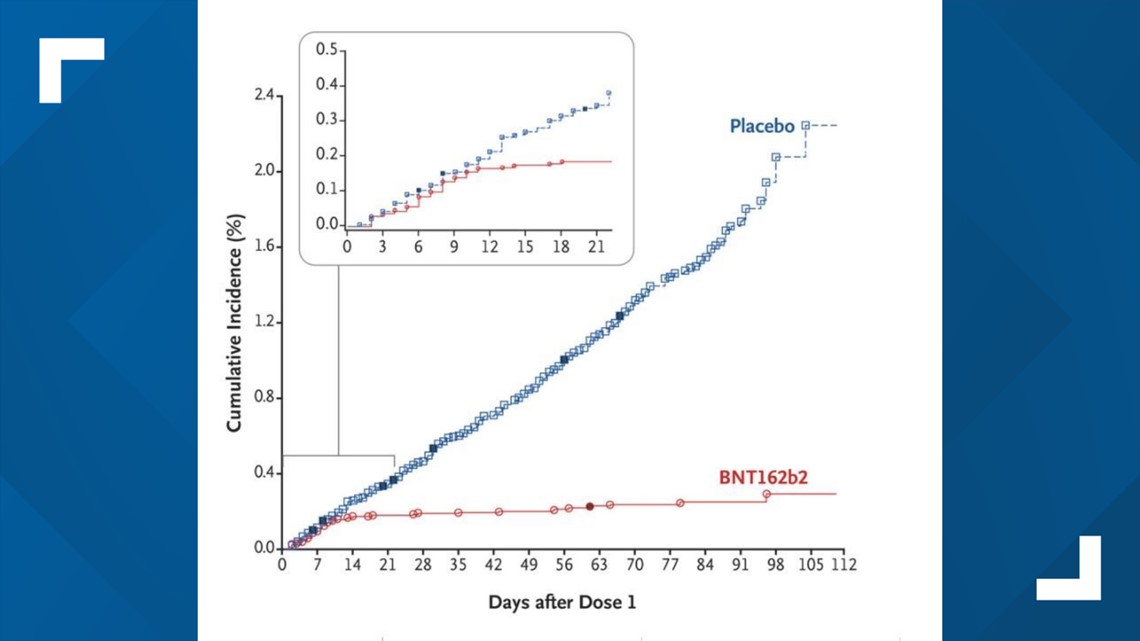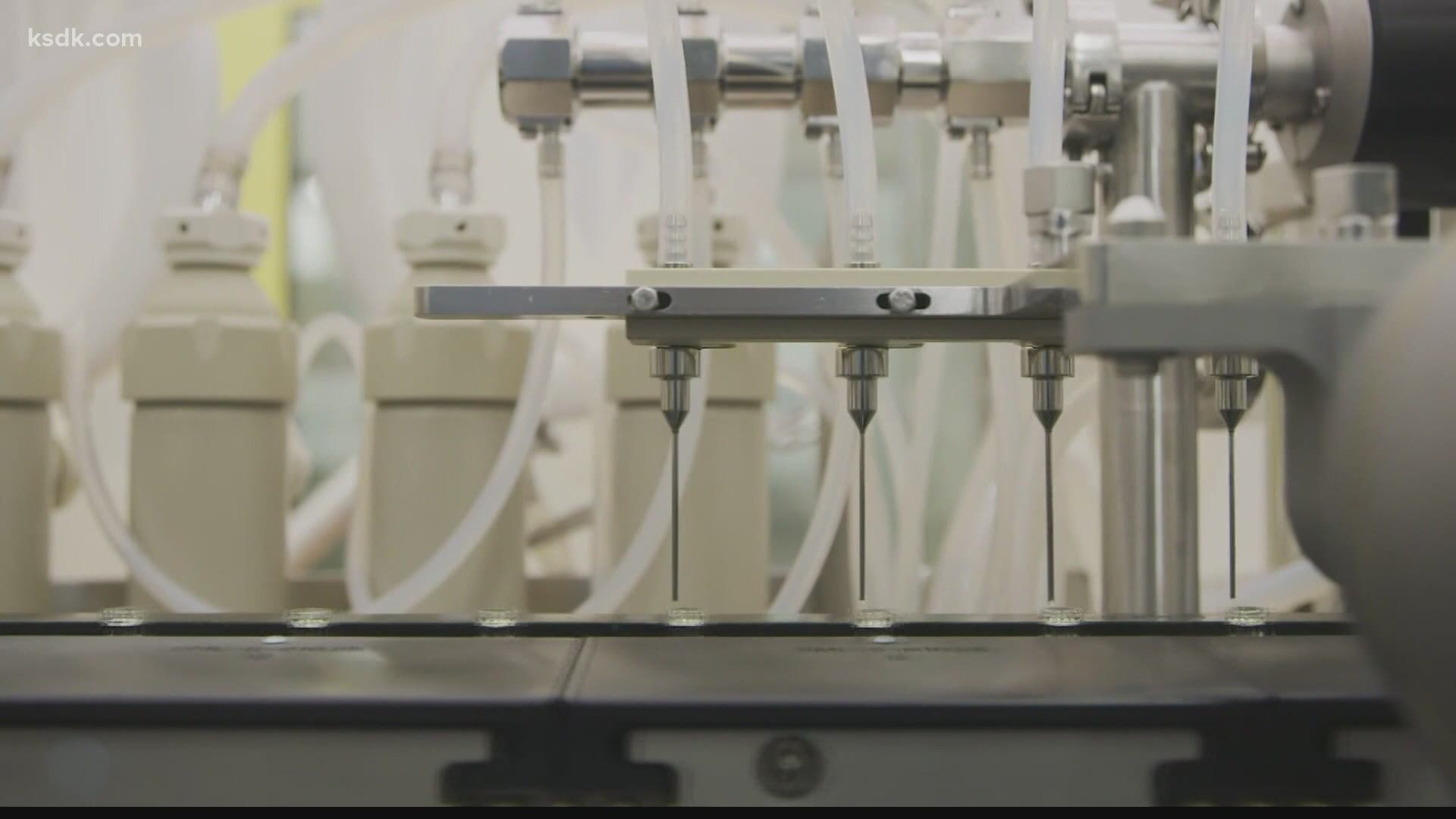ST. LOUIS — The two COVID-19 vaccines approved for use in the United States require two doses of the same shot spaced 3 to 4 weeks apart. It had been the rule that the second shot needed to be the same as the first: two shots of Moderna’s or two shots of Pfizer’s. However, the CDC updated guidance late last week to allow the Pfizer and Moderna shots to be mixed and matched between doses in some certain circumstances.
“Every effort should be made to determine which vaccine product was received as the first dose, in order to ensure completion of the vaccine series with the same product. In exceptional situations in which the first-dose vaccine product cannot be determined or is no longer available, any available mRNA COVID-19 vaccine may be administered at a minimum interval of 28 days between doses to complete the mRNA COVID-19 vaccination series,” reads the guidance.
It also allows for the second dose to be administered as late as six weeks after the first.
“The second dose should be administered as close to the recommended interval as possible. However, if it is not feasible to adhere to the recommended interval, the second dose of Pfizer-BioNTech and Moderna COVID-19 vaccines may be scheduled for administration up to 6 weeks (42 days) after the first dose. There are currently limited data on efficacy of mRNA COVID-19 vaccines administered beyond this window.”
It’s still the best course of action to get two doses of the same shot as close to on-schedule as possible.
“I don't think probably you want to wait six months before you get the next shot. But if you wait four weeks instead of three or five weeks instead of four or even sometimes people are even getting the shot a little bit early,” said Washington University’s Dr. Rachel Presti. “I think we're still learning what's going to work best.”
It had been policy to have a second dose of vaccine reserved for every first dose that goes out. States are now directed to get as many first shots out as possible.
"If there's benefit to getting one vaccine and that gets more people vaccinated, I think that's a reasonable thing to try,” she said.
Data like this graph from the New England Journal of Medicine shows there does appear to be some benefit after the first shot.


About a week into the Pfizer vaccine trial, COVID cases continued to climb for the placebo group, the blue line in this graph. The red line, indicating those who received one dose of the Pfizer shot, shows cases nearly leveling off 7 days after that shot.
“We know to get full the full benefit of the of the protection, the 95% protection that that that we saw in those studies, that you need both vaccines, but you do get quite a bit of protection, even with just the first vaccine.”
And you're not considered fully vaccinated until you've gotten both doses of either shot — so if you get one, get the second one too to be as protected as the vaccines allow. Dr. Presti said the main goal remains the same: getting vaccines to as many people as quickly as possible.

